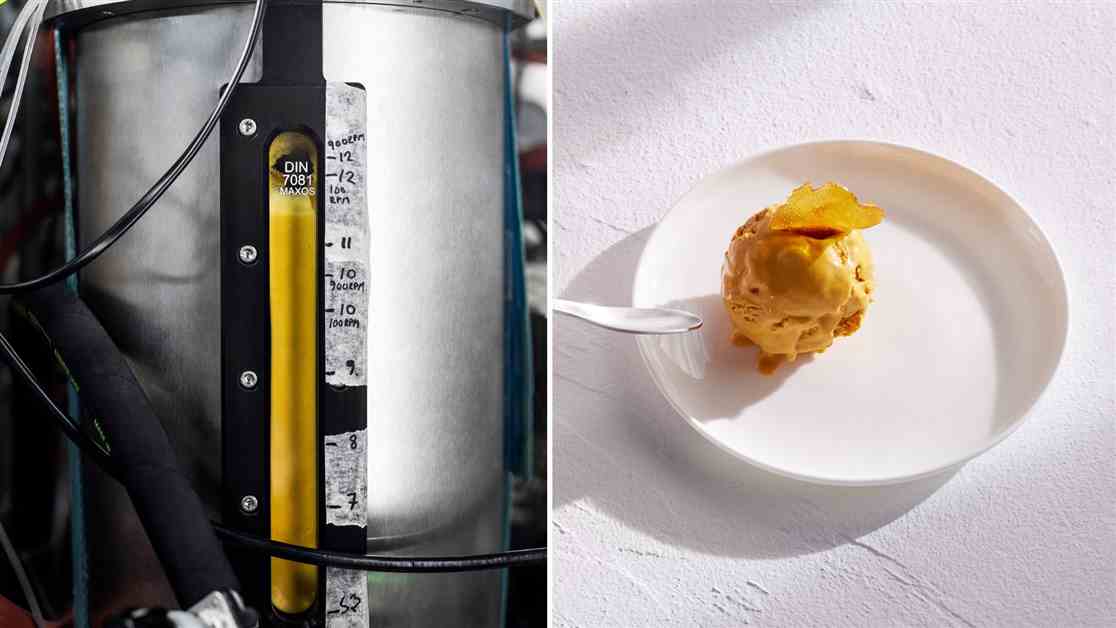Finland Introduces Revolutionary ‘Solein’ Protein Made from Air and Electricity
A groundbreaking innovation has emerged from Finland, as a company plans to launch a sustainable food protein known as Solein, produced using air and electricity. This protein is created from dried microbes cultivated and dehydrated from hydrogen-oxidizing bacteria, which are nourished by components present in the air.
Solar Foods, the company behind Solein, describes it as a seamless integration of ancient natural processes with modern technology. The production of Solein could potentially reduce the need for livestock farming, a significant contributor to greenhouse gas emissions.
The unique aspect of Solein lies in its eco-friendly production process, which utilizes gases like hydrogen and carbon dioxide to create protein. Unlike traditional yeast that relies on sugar, Solein is a game-changer in the market for substitute proteins due to its minimal impact on natural resources.
Solein’s manufacturing process involves splitting water into hydrogen and oxygen using electricity, then utilizing these gases along with CO2 to produce microbial protein. This method significantly reduces environmental impact and sets Solein apart from other protein sources available in the market.
Furthermore, Solein’s low dependence on natural resources distinguishes it from conventional farming practices, with significantly reduced water and land usage compared to plant-based protein production. The protein’s versatility in the kitchen makes it an attractive option for both consumers and food makers, offering a sustainable and nutritious alternative without compromising on taste.
As the world becomes more aware of the environmental implications of food choices, Solein presents a promising solution for responsible consumption. Its innovative production process and nutritional benefits position Solein as a key player in the evolving landscape of sustainable protein sources.
